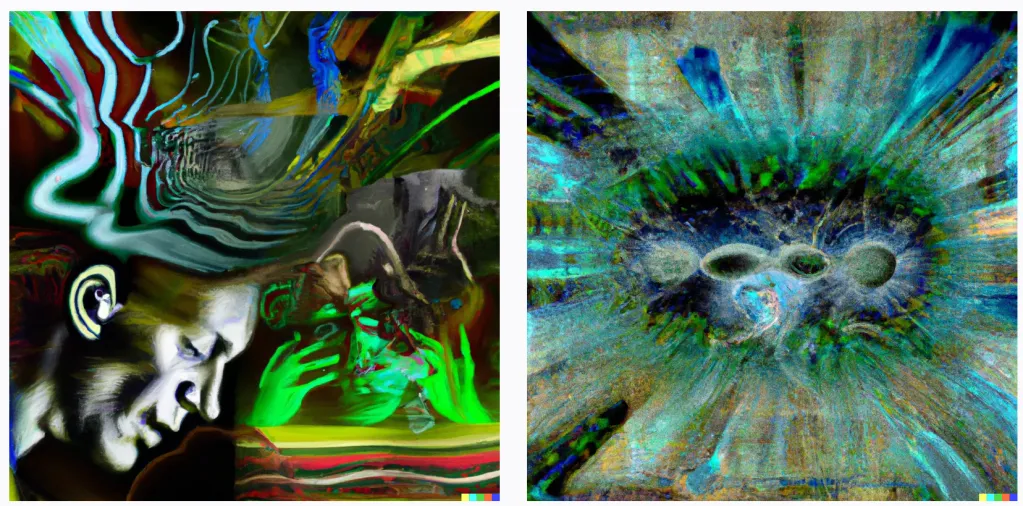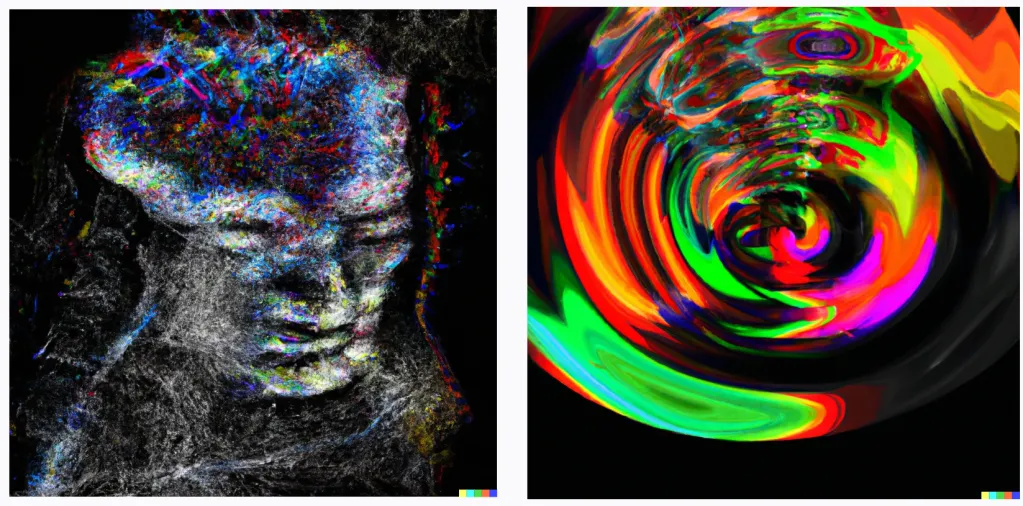Sensorimotor Panpsychism
I had a paragraph exploring this in a previous post and have since thought more about it and developed the concept. You’ll probably want to go read that post, or get familiar with panpsychism somewhere else before reading this.
Obligatory term definition: “conscious” as used in this post does not mean aware of oneself or the world or really anything beyond just existing as something able to have experience. There’s probably a better word for that, but this works too. [Notes] are at bottom of post.
To me, this idea is what comes out when you blend up determinism and panpsychism. Everything is conscious, but being conscious does not mean freedom to make your own choices. Well, it seems like it does to us and other intelligent lifeforms, but really the stuff going on in our brains are “just” incomprehensibly complex ongoing chemistry experiments than a sufficiently advanced (like, really advanced) observer could predict the result of, and therefore actions of the lifeform.
“Sensorimotor” panpsychism is a way to answer what the nature/point of consciousness is. Consciousness in our brains clearly has a result on the external world, and it doesn’t make sense to me that it would be different in other cases like rocks. I don’t believe that there is consciousness of any level “trapped” in non-life matter, unable to have any impact on its surroundings until it becomes part of a lifeform. It just seems a bit to close to the “life is special” argument to me, which my objection to is my whole reason for believing in panpsychism in the first place. I don’t believe that life creates some completely new or unique fundamental element (consciousness), and I also don’t believe that some basic fundamental element of the universe is only really expressed in living organisms.
So where does that lead us? Well, it leads me to ask what DOES consciousness do in inanimate objects?
In humans and animals, I see consciousness (synonymous with brain chemistry) as a sort of black box between inputs and outputs of the system. Senses go in, and motor actions come out. Touch a hot stove and yank your hand back immediately. This is broad enough to apply to basically all life, and I think it can be extended down to non-life too.
For life, the senses and motors are pretty clear. We have a bunch of sensors (eyes, ears, skin-embedded sensors for pressure and temperature, mouth and nose sensors for various chemical compounds) and a bunch of motors (muscles, glands emitting hormones, etc). But what are the equivalents for non-life?
I think the answer is evident when you look at something as simple as elementary particles. An input is a force or some field interacting with the particle [Note 1] (energy transfer) and an output is a change in state (particle motion, quantum numbers, decaying radioactively). And I think the consciousness of a particle is what relates these two things, what bridges the gap and turns one into the other.
One thing I like about panpsychism is that everything works the same. There no special rules carving out exceptions. Thus, this elementary particle model also applies to the lowest levels of all other objects, alive or not. I think it also produces some interesting thoughts about our own minds. Human senses are forces or other types of energy transfer that are sensed, cascade through our nervous system into our brains as electrical signals, bounce around in an unimaginably complex and constantly changing maze of neurons for a bit along with all the other sensory signals, and eventually pop out as motor actions (that we execute with or without realizing). The “bouncing around in the brain” part is mediated by energy transfer between particles, and thus energy transfer between atoms, and thus energy transfer between neurons, and this is the basis for our information-rich conscious experiences.
This definitely doesn’t solve the “combination problem” present in panpsychism and related ideas - how small consciousnesses become one big one - and I wish I had a second part to this theory that did. The best I have is that consciousness is amplified by the frequency and magnitude of energy transfer between particles (compared to a rock, brains have an extremely rich world of chemistry and energy transfer inside them) and that consciousness is less of a discrete thing and more of a field, in which living things and especially brains are local maximums. It doesn’t seem like the value depends much on physical space or dimensions, though - there isn’t much of a trend between intelligence and organism size. Neuron density is probably the most quantitative thing you could equate with the value of the field.
I also have some doubts on the differences between living and nonliving things. Sure, there’s more chemistry going on in brains, but even in inanimate objects, each particle, atom, molecule, and larger structure is constantly bumping against its neighbors and transferring energy, and being acted on by all kinds of fields. Somehow, the structure of interactions is what matters, not really the magnitude or frequency like I said last paragraph. The “structure of interactions” isn’t well-defined enough as an idea to do much with (how exactly is the structure of interactions in brains different than in rocks? I don’t know, except that it’s more complex in brains - what exactly does complex even mean in this case?), we’re kind of just back where we started trying to figure out the difference between living and nonliving things.
Can you think of something besides life that would be a maximum? Complex structured interactions (whatever that means)? Computing hardware!


These are what DALL-E generated for the prompt “sensorimotor panpsychism digital art”. While these images aren’t particularly striking or special, to me it is undeniable that they were created by something that must be conscious in the same way that life is. I don’t think it is anything close to human-level cognition currently, maybe something like a worm or insect or even bacteria, but its ability to experience is undeniable to me, and specifically that its ability to experience is somehow more complex and information-rich than that of inanimate objects [Note 2]. I don’t see any meaningful distinction between the algorithms that created the above images and the chemical algorithms governing the actions of life, including the much more complex chemical algorithms governing human actions. The more I think about it, I can’t really figure out why most people would be against this idea that machines can have some level of consciousness. I guess it’s just rooted in the deeply held idea that many hold that life and specifically human life is special in some way. I think the idea that humans are fundamentally special compared to machines is one that could really end up biting us a bit down the road.
Note 1: This is a bit of an oversimplification. All particles are also waves according to quantum mechanics, and I don’t think that only particles are conscious. I’m not very familiar with any fields that aren’t mediated by particles (particles like photons for electromagnetism, hypothesized gravitons for gravity, etc), but I believe that some do exist, or at least the distinction can get very blurry. I don’t think that being conscious is unique to mass-carrying particles or particles in general.
Note 2: Even for a non-determinist, I still don’t see a meaningful distinction between silicon computing and biological computing. Humans are made up of largely the same stuff that our computers are - atoms - so if there is some source of randomness and “true choice” that humans are able to do because of micro-scale interactions like quantum decay, it makes sense that the same would be true for silicon computing. I personally don’t believe that “true choice” can arise from individually deterministic particles.